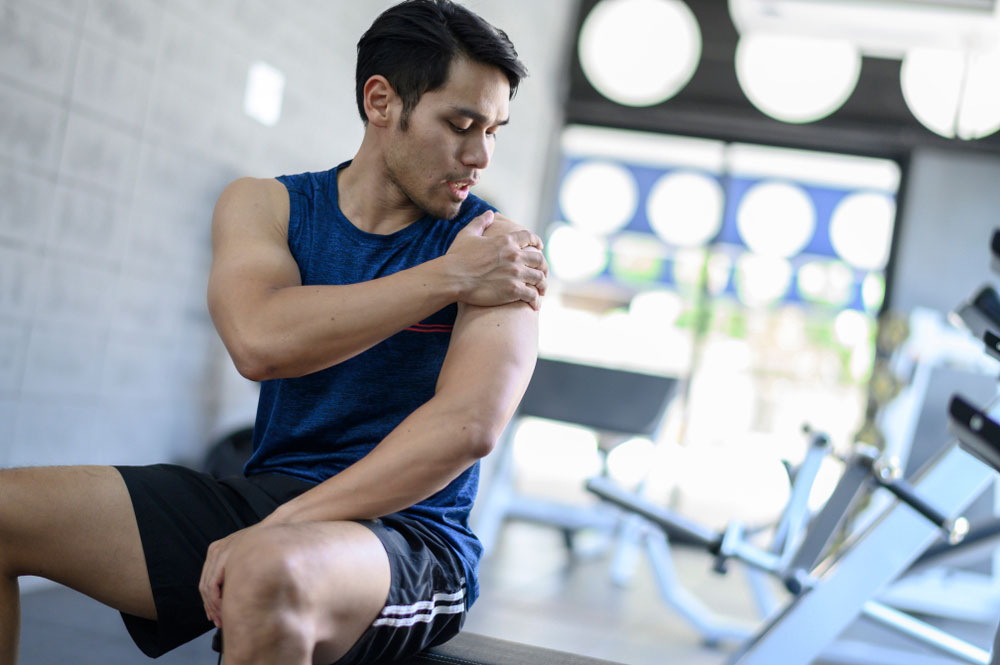Muscle soreness can make us feel great! It makes us feel like we’ve completed a good workout and trained effectively. Caused by microscopic tears within the muscle tissue created by intensive exercise , the soreness usually appears the day after a workout. Although uncomfortable, it results in muscle growth and reminds us not to over-train while our body and muscles heal and recover.
Luckily, there are simple and effective ways to help you relieve post-workout muscle ache and feel better, faster.
Try these tips to bounce back:
Stay hydrated
Getting enough fluids both before and throughout your workout is important and can help prevent cramps, inflammation, and soreness. Water is the best choice!
Eat healthy foods
One of the quickest ways to recover is to fuel your body with nutritious foods that fight inflammation and muscle soreness, whether you eat them immediately after your workout or during a meal later in the day. For fast muscle repair focus on protein, healthy fats, and food with anti-inflammatory properties. Salmon, eggs, leafy green vegetables, berries, tart cherries, and pomegranates are a few examples.
Perform gentle, light exercises
Though exercise might feel like the last thing you want to do when you’re feeling sore, a light workout can bring relief. Light cardio exercises will help to accelerate the blood circulation in your body and to your muscles. By transporting more oxygen and nutrients in the blood to your sore muscles, it aids their recovery. You can use any cardio machine in the gym, go for a swim, or simply take a brisk walk outdoors.
Apply an ice pack
Applying an ice pack can also effectively help reduce muscle. Cold reduces the blood flow to a sore area, slowing the rate of inflammation, and numbs the area. Many athletes find it one of the safest and most effective ways to relieve muscle soreness. Apply a cold ice pack to the sore muscles once or twice a day. This works best within 48 hours of your workout.
Use heat
While cold treatment reduces inflammation by decreasing blood flow, heat treatment increases blood flow and helps you muscles to relax. You can use a hot water bottle, electrical heating pad, hot compress, or take a hot bath. Generally, heat should be applied to the area for 20 minutes, up to three times a day.
Alternating heat and cold may also help, as it greatly increases blood flow to the sore area of your body.
Never put ice directly on the skin (make sure it’s wrapped in something) and be careful not to use extreme heat.
Give yourself, or get, a massage
A massage is relaxing and also boosts blood circulation and increases the blood flow to sore muscles. Any type of massage will help, whether you massage yourself using oil or cream or go to the spa for a professional massage.
Get lots of sleep!
The simplest way to give your muscles and body time to recover is to sleep for no less than 8 hours. During REM sleep cycles, your body produces the hormones it needs to repair muscle tissue. Plan your day so that you can ensure getting a good night’s sleep, without distractions, and with electronics devices turned off.

